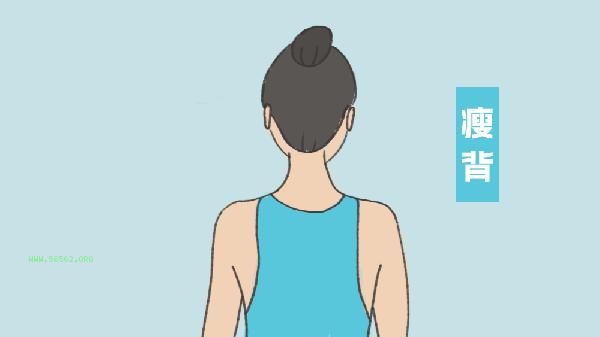The best exercises for training latissimus dorsi mainly include pull-up, barbell rowing, dumbbell single arm rowing, high pull down, and sitting rowing.

1. Pull up
Pull up is a classic exercise for training the latissimus dorsi muscle, which can effectively stimulate the width and thickness of the latissimus dorsi muscle. Hold your hands slightly wider than your shoulders, keep your body vertical, and use the strength of your latissimus dorsi to pull your body up until your chin exceeds the horizontal bar. Avoid shrugging or using force during the movement, and maintain core stability. Pulling upwards has a significant effect on the overall development of the latissimus dorsi muscle and is suitable for people with a certain foundation.
2. Barbell Rowing
Barbell rowing mainly targets the thickness of the latissimus dorsi muscle and the middle and lower parts. Stand with feet shoulder width apart, knees slightly bent, upper body tilted forward at about 45 degrees, hands holding the barbell, and use the strength of the latissimus dorsi to pull the barbell towards the abdomen. Keep your back straight during the movement and avoid arching your back or exerting force on your waist. Barbell rowing can enhance the strength and muscle density of the latissimus dorsi muscle, making it suitable for intermediate to advanced trainers.
3. Dumbbell single arm rowing
Dumbbell single arm rowing can isolate and train the unilateral latissimus dorsi muscle, improving muscle imbalance. Kneel on one knee on a flat stool, support the body with the same hand on the same side, and hold the dumbbell with the other hand, pulling it up along the side of the body to the waist. Maintain torso stability during movement and avoid rotation. Dumbbell single arm rowing helps improve the details and separation of the latissimus dorsi muscle, suitable for all training levels.

4. High Pull Down
High Pull Down is a simulated instrument action that involves pulling upwards, suitable for beginners or people who cannot complete the pull upwards. Grasp the crossbar with both hands wide and use the strength of the latissimus dorsi muscle to pull the crossbar above the chest, keeping the elbows down. Avoid excessive backward tilting or shrugging during the movement. High position pull-down can effectively stimulate the width of the latissimus dorsi muscle, which is an introductory movement for back training.
5. Sitting Rowing
Sitting rowing mainly exercises the middle and lower part of the latissimus dorsi muscle and the rhombus muscle. Sitting on the rowing machine, firmly press the pedals with both feet, hold the handle with both hands, and use the strength of the latissimus dorsi to pull the handle towards the abdomen. Maintain a straight back during the movement to avoid lumbar compensation. Sitting and rowing can enhance the thickness and endurance of the latissimus dorsi muscle, making it suitable as a finishing move for back training.

latissimus dorsi training needs to pay attention to the standardization of movements and the isolated exertion of muscles to avoid injury caused by force or incorrect posture. It is recommended to schedule 1-2 back exercises per week, selecting 3-4 movements each time, with 8-12 exercises per group, and doing 3-4 sets. Warm up and stretch before and after training, gradually increasing weight and difficulty. Ensure sufficient protein intake in diet to help with muscle repair and growth. By adhering to regular training, the shape and strength of the latissimus dorsi muscle will gradually improve.






Comments (0)
Leave a Comment
No comments yet
Be the first to share your thoughts!